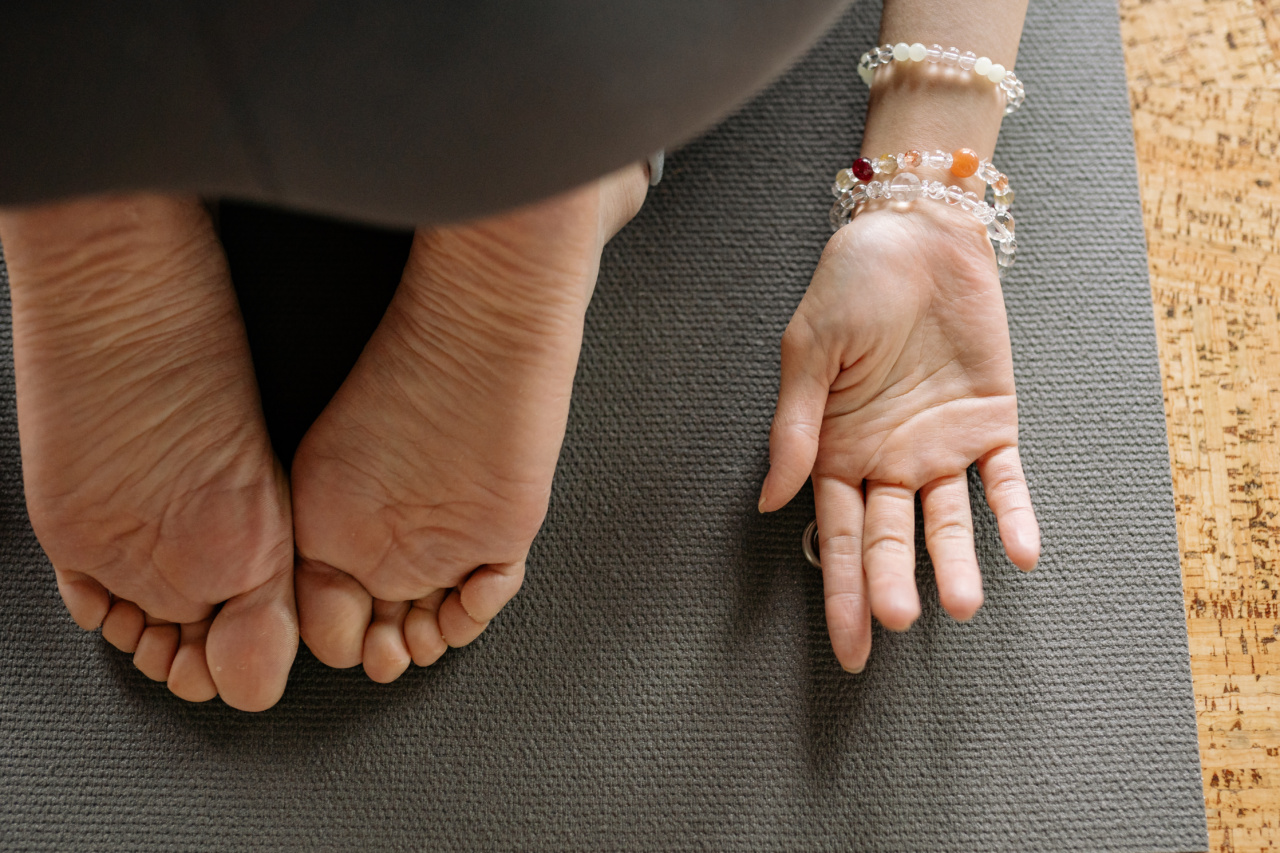Diabetes, a chronic condition that affects the body’s ability to regulate blood sugar levels, is a growing health concern worldwide.
It is estimated that over 463 million people are living with diabetes, and this number is projected to rise to 700 million by 2045.
While most people are familiar with the common symptoms of diabetes such as frequent urination, excessive thirst, and unexplained weight loss, there is one unusual symptom that often goes unnoticed or is attributed to other causes.
This symptom involves changes in the toes or fingers, which can act as an important indicator of underlying diabetes. In this article, we will explore this lesser-known symptom and discuss its implications for early detection and management of diabetes.
What Causes Changes in Toes or Fingers in Diabetes?
Diabetes affects the body in multiple ways, and one of these effects is on blood circulation. High blood sugar levels can damage blood vessels and impair blood flow, leading to a condition called peripheral arterial disease (PAD).
PAD primarily affects the extremities, including the toes and fingers.
When blood circulation to the toes or fingers is compromised, various changes may occur. These changes can include:.
1. Numbness and Tingling Sensations
One of the early signs of diabetes-related changes in the toes or fingers is a feeling of numbness or tingling. This sensation, known as peripheral neuropathy, can be mild to severe and may affect one or both extremities.
Some individuals describe it as a pins and needles sensation or a loss of sensation altogether.
2. Cold Feet or Hands
If you notice that your toes or fingers feel consistently colder than the rest of your body or compared to others around you, it may be an indication of compromised blood circulation.
Reduced blood flow to the extremities can result in a sensation of coldness in the affected area, even in warm environments.
3. Changes in Skin Color or Texture
Diabetes-related changes in the toes or fingers can also manifest as changes in the color or texture of the skin. The affected area may appear pale, reddish, or bluish.
Additionally, the skin may become dry, flaky, or even develop small sores or ulcers that are slow to heal.
4. Hair Loss
While hair loss can be a natural part of the aging process for some people, it can also be an indicator of compromised blood flow due to diabetes.
Diabetes-related changes in the extremities may cause decreased hair growth, resulting in noticeable hair loss on the toes or fingers.
5. Swelling or Edema
In some cases, diabetes-related changes can lead to swelling or edema in the toes or fingers. This can cause discomfort, a sensation of tightness, and difficulty fitting into regular footwear or rings.
When to Seek Medical Attention
If you experience any of the above-mentioned changes in your toes or fingers, it is important to consult a healthcare professional promptly.
While these symptoms may also be associated with other conditions, such as nerve damage or poor circulation, it is crucial to rule out diabetes as an underlying cause.
Your healthcare provider may perform a detailed medical history review, physical examination, and order specific tests to determine the cause of the changes.
These tests may include blood tests to measure blood sugar levels, a comprehensive foot examination, and vascular studies to assess blood flow to the extremities.
Managing Diabetes-Related Changes in Toes or Fingers
Early diagnosis and management of diabetes are vital to prevent complications and maintain overall health.
If diabetes is identified as the cause of the changes in your toes or fingers, your healthcare team will develop an individualized treatment plan based on your specific needs.
Some common strategies for managing diabetes-related changes in the extremities include:.
1. Blood Sugar Control
Keeping your blood sugar levels within the target range suggested by your healthcare provider is crucial to prevent further damage to blood vessels and nerves.
This may involve lifestyle modifications, such as a healthy diet, regular exercise, and medication as prescribed.
2. Foot Care
Proper foot care is essential to prevent complications such as infections or foot ulcers. Regularly inspect your feet for any signs of redness, swelling, or sores, and keep your feet clean and moisturized.
Avoid walking barefoot and choose appropriate footwear that provides support and protection.
3. Quitting Smoking
Smoking can further worsen circulation problems in individuals with diabetes. If you smoke, quitting is highly recommended to improve blood flow to the extremities and reduce the risk of complications.
4. Medications and Other Interventions
In certain cases, medications may be prescribed to manage symptoms such as neuropathy or improve blood flow. These medications could include pain relievers, topical creams, or medications to improve circulation.
Additionally, your healthcare provider may recommend other interventions such as physical therapy or wound care if necessary.
Conclusion
Recognizing the unusual symptom of changes in the toes or fingers can play a crucial role in the early detection and management of diabetes.
Whether it is numbness, coldness, changes in skin color or texture, hair loss, or swelling, it is essential to consult a healthcare professional for proper evaluation and diagnosis. By controlling blood sugar levels and incorporating appropriate lifestyle modifications, individuals with diabetes can minimize the impact of diabetes-related changes in the extremities and improve their overall quality of life.




























